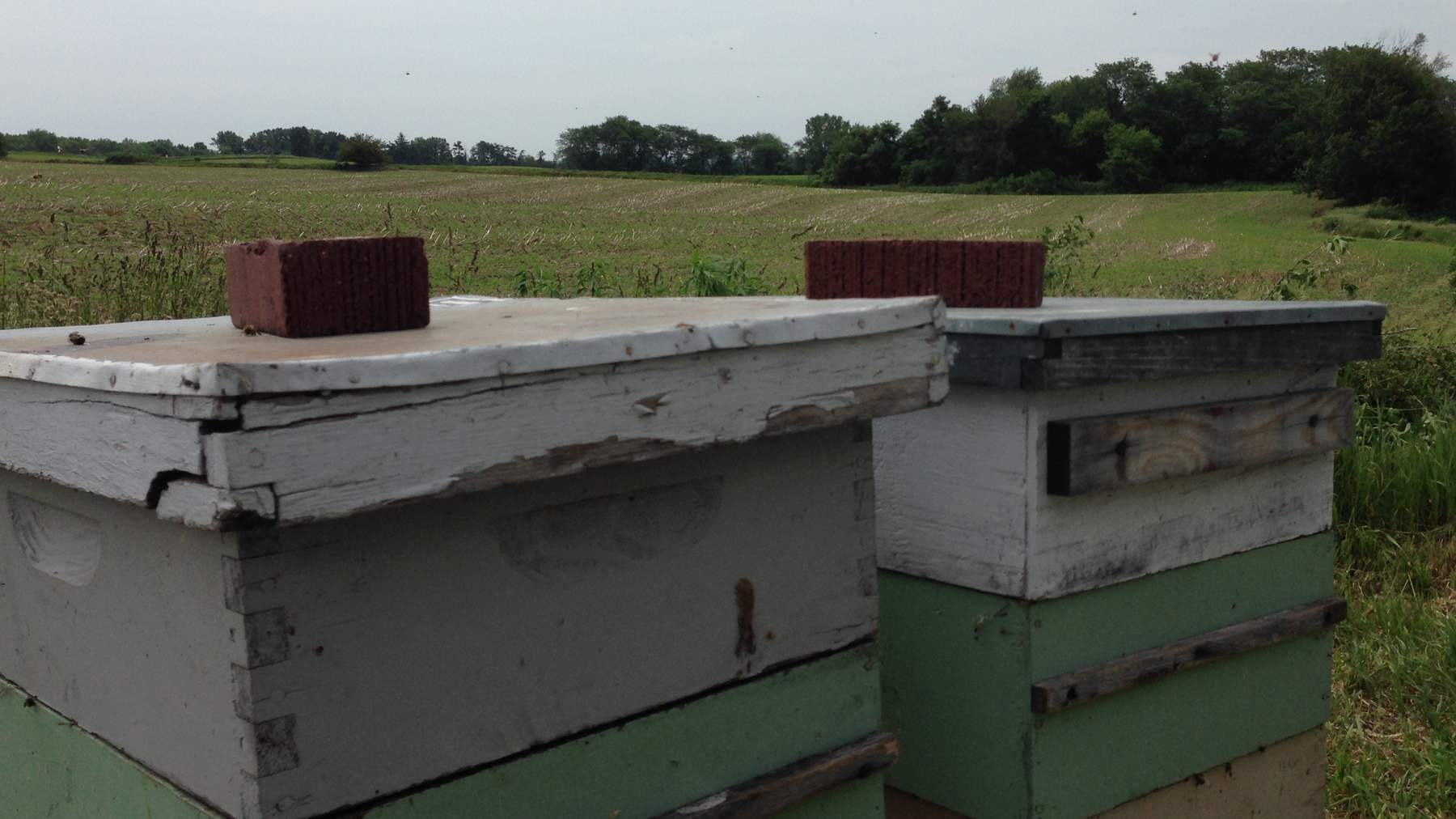By Betsy Danielson
Applying pesticides requires careful consideration to avoid harming nontarget areas, people, plants, animals and the environment. Here are some key points to keep in mind when applying pesticides:
1. Plan before applying a pesticide.
- Read the label. You are legally responsible for following the pesticide label.
- Check if there are sensitive areas nearby that could be harmed by pesticide contact.
- Determine whether conditions might cause the pesticide to move off-site.
- Change aspects at the application site to minimize the risk of environmental contamination.
2. Protect people.
- Follow all label instructions to protect yourself and others.
- Clear unprotected people from the area before application. It is illegal to allow unprotected individuals to be exposed to a pesticide application, either directly or through drift.
- Never leave pesticides within reach of children, pets or others who might not recognize the danger.
- Check the label for when people can return to the treated area. Agricultural pesticides list restricted-entry intervals that prevent entry into the area for a time — usually four to 72 hours. Other labels may advise not allowing anyone to enter the application site until the spray has dried.
3. Minimize plant injury.
- Apply pesticides at the correct rate and time, as well as under favorable conditions.
- Follow label directions to reduce drift, including spray droplet size, spray release height, minimum and maximum wind speed, and buffer zones.
- Avoid applying during a temperature inversion. Delay the application until conditions improve.
- Check the FieldWatch DriftWatch registry to avoid application to commercial crops sensitive to pesticides.
4. Prevent harm to pollinators.
- Read the label to determine whether the pesticide is toxic to bees. Pesticides that do not contain a bee warning or advisory may be applied according to label directions.
- If you are a commercial pesticide applicator, the Iowa Bee Rule requires you to check the FieldWatch BeeCheck Apiary registry before an application of a pesticide labeled as toxic to bees to blooming crops. If the application site is within 1 mile of any actively registered apiary, you cannot make the application between 8 a.m. and 6 p.m.
 PROTECT POLLINATORS: Prevent harm to pollinators by following label directions. (Iowa State University)
PROTECT POLLINATORS: Prevent harm to pollinators by following label directions. (Iowa State University)
5. Protect endangered species and their habitat.
- Review pesticide labels for restrictions due to endangered species concerns. Labels may include measures to reduce spray drift, runoff and erosion; requirements to check the Environmental Protection Agency’s Bulletin’s Live! Two and EPA Mitigation Menu websites; and other measures to reduce pesticide exposure to threatened and endangered species and their habitat.
- Endangered Species Protection Bulletins provide geographically specific pesticide-use limitation areas for the protection of threatened and endangered species and their designated critical habitat. If your pesticide application location is within a PULA, read and follow the limitations for the product. If you’re outside a PULA, document that there are no limitations within your application area during the month of application.
- Evaluate whether the application site is subject to runoff/erosion mitigation. Access the EPA’s Mitigation Menu website to determine whether mitigation is required and to choose among mitigation options.
By following these guidelines, you can ensure that your pesticide applications minimize harm to nontarget people, plants and animals.
Danielson is an Iowa State University Extension pesticide safety education specialist.